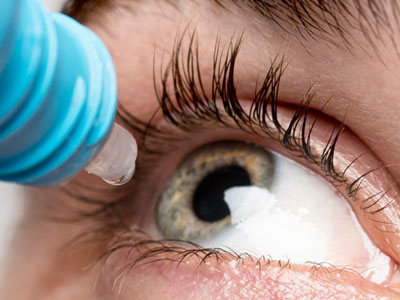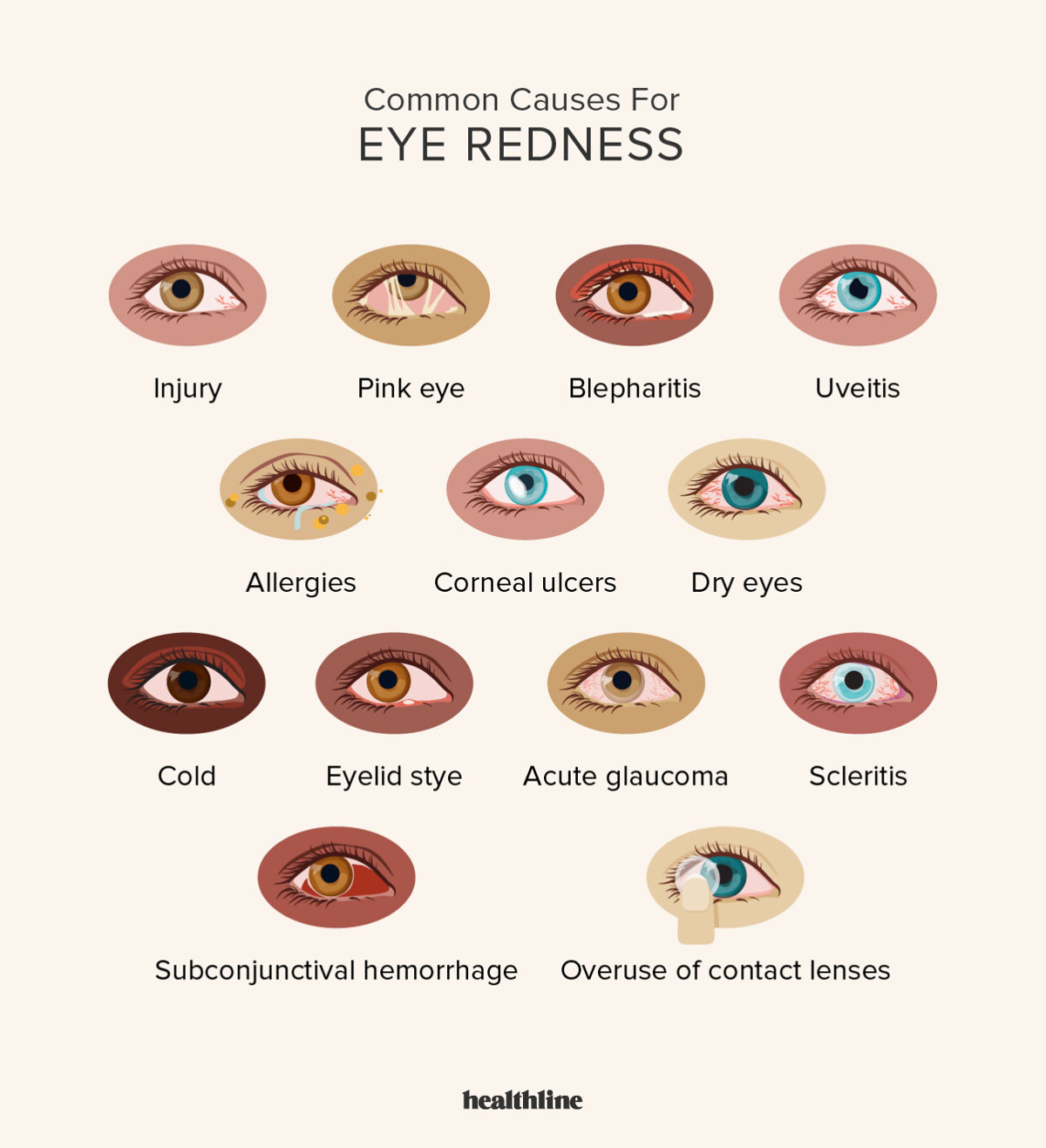Eye Conditions
Myopia (Short Sightedness)
Myopia is an eye condition where light ray focuses at the front of the retina instead of directly on it due to the eyeball being too long. This results in blurry vision in the distance. Myopia can be corrected with contact lenses and glasses.
We offer special contact lenses, glasses and eye drops to slow down progression of myopia in children.
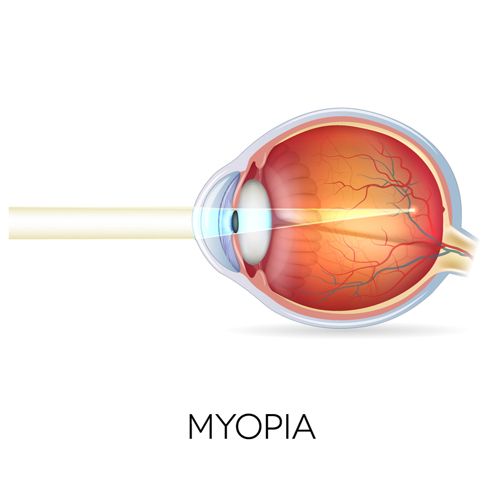
Hyperopia (Long Sightedness)
Hyperopia occurs when lights focuses behind the retina due to eyeball being too short. This causes blurry near vision, eyestrain and headache. Hyperopia can be corrected with glasses or contact lenses.
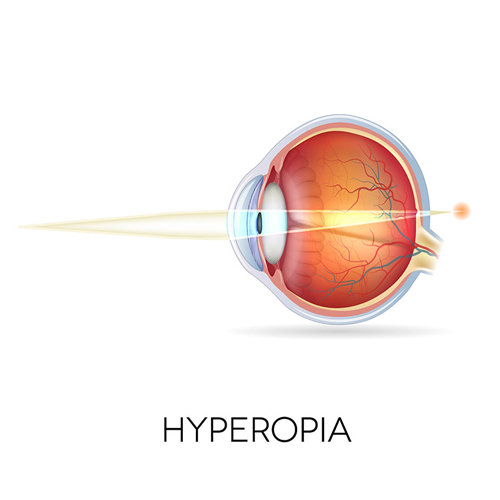
Astigmatism
Astigmatism occurs when cornea and lens have a different shape than normal and causes light to scatter. Astigmatism can make both your distance and near vision blurry. This can be managed easily with glasses or contact lenses.
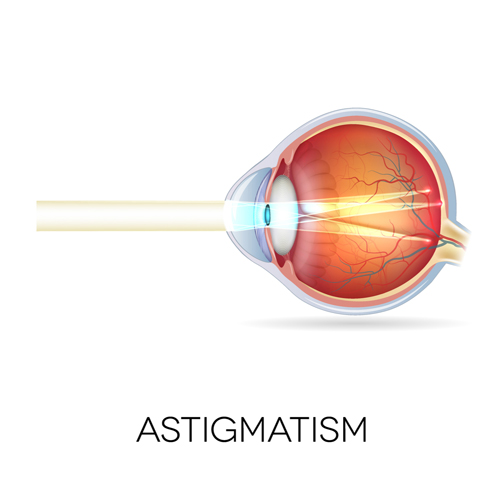
Presbyopia
Presbyopia is an eye condition typically affects people in their early to mid 40s and can continue to worsen until mid 60s. With age the lens of the eye gets harder and less flexible and can no longer focus on close up objects. People generally start to hold things further away to see clearly. Common misconception, wearing glasses can make eyes weaker or you strengthen your eyes by not wearing glasses. Most people will get reading or multifocal glasses or contact lenses to improve vision resulting from presbyopia.
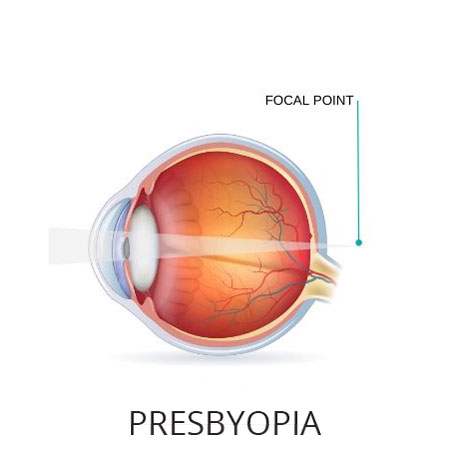
Amblyopia (Lazy eye)
Amblyopia is reduced vision mostly in one eye (rarely both eyes) due to abnormal visual development in early life. Often lazy eyes can move inward or outward. Lazy eye can be treated by glasses or providing treatment like patching the better eye.
Vision screening in children before they start school is of paramount importance for early detection and intervention of lazy eye.
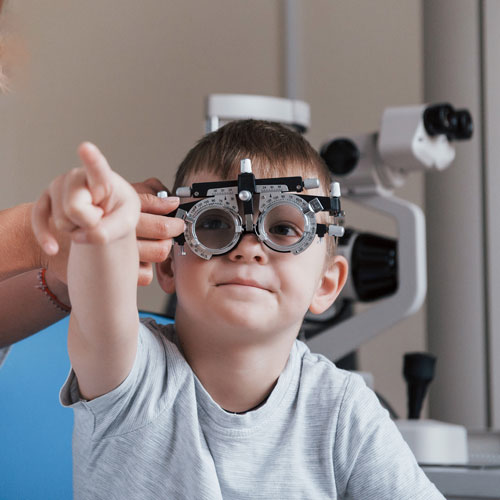
Retinopathy
Retinopathy refers to diseases of the retina (back of the eye) which can lead to permanent vision impairment or loss of vision. This can happen from uncontrolled blood sugar level or hypertension which can cause damage to the blood vessels of the retina.
We recommend routine review of patients with diabetes and other chronic health conditions. If diagnosed early patients can be referred to ophthalmologist and GP for treatment and management.
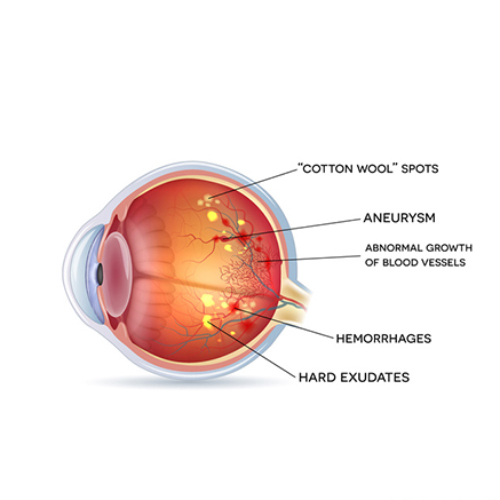
Cataract
Cataract is clouding of the natural clear lens of the eye. Symptoms of cataracts include blurry or dim vision, difficulty with night vision, increased sensitivity to glare and light and seeing halos around light. Wearing sunglasses can slow down progressive of cataracts.
Although cataracts usually happen with age, an injury to the eye or certain medications can also aid in formation of cataracts.
In most cases cataract surgery is a simple procedure which involves removing the cloudy lens and replacing it with a clear artificial lens.
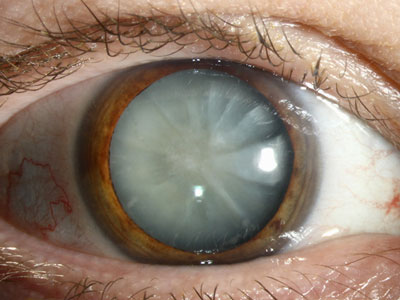
Glaucoma
build in the eye leading to increase in eye pressure due to an abnormality in the eye’s drainage system.
One of the major risk factor is high eye pressure but there can be other reasons as well. Risk of glaucoma increased over the age of 40 and can be hereditary.
Glaucoma is often referred as silent thief of sight. Treatment generally involves eye drops to reduce eye pressure and in advance stage surgery might be warranted. We perform a battery of eye tests including OCT scan, visual field and checking eye pressure to detect early sign of glaucoma.
Please visit https://glaucoma.org.au for more information.
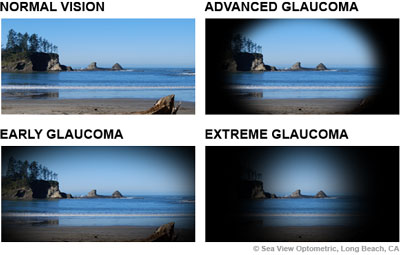
Macular degeneration
Macular degeneration refers to a degenerative condition affecting the central part of the retina (macula), which causes blurry, distorted or loss of central vision. Risk factors include combination of hereditary and lifestyle factors like smoking, obesity, diet and sun exposure to the eye.
For more information please visit https://www.mdfoundation.com.au
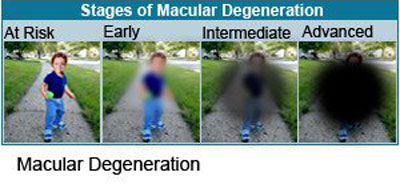
Pterygium
Pterygium is a fleshy overgrowth of the conjunctiva which is the clear membrane that covers the white part of the eye. Too much exposure to ultraviolet light (UV) can lead to these growth. Common symptoms include redness, irritation and in severe cases blurry vision.
Eye drops or ointment can be prescribed to reduce inflammation. Surgery might be needed in severe cases.
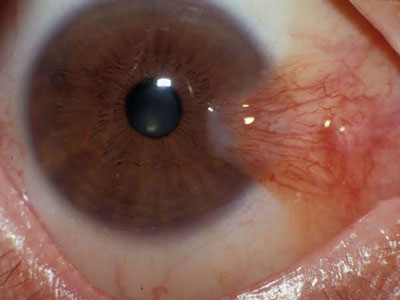
Red eyes
Red eyes can happen from eye infections, inflammations or even allergy. Depending on the cause, red eyes can be treated with antibiotics and steroid eye drops, ointment and artificial tears.
Dry eyes
Dry eyes occur when our natural tear is not enough to provide adequate lubrication to our eyes. This condition can deteriorate with age. Common conditions that leads to dry eyes include low humidity, dry air, windy conditions, extended screen time, certain medical conditions and medications and contact lens wear.
Symptoms of dry eyes include stinging, burning foreign body sensation, redness, watery eyes, light sensitivity, blurry vision, and eye fatigue.
Dry eyes can be treated with drops, ointment, and modification of environmental factors.
